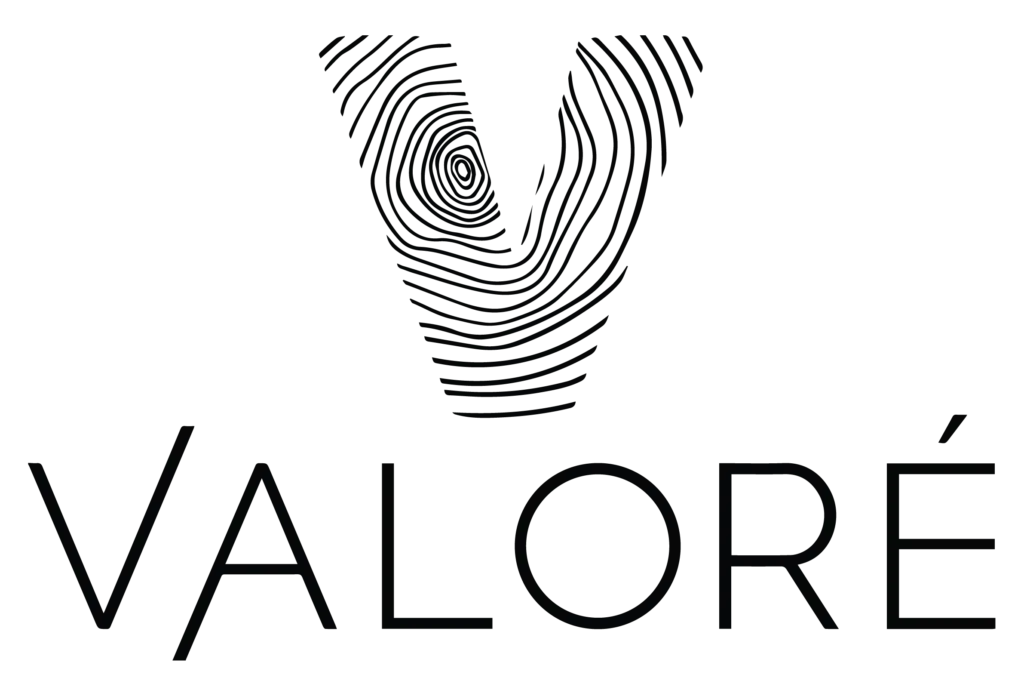Ensuring effective staffing and configuring onsite teams and technologies is crucial for the success of multifamily investments. While the apartment industry offers promising employment opportunities, it faces several challenges with the current staffing model.
Leasing associates often struggle to manage a high volume of prospective leads effectively, and traditional office hours do not always align with the needs of prospects and residents. Many employees feel overwhelmed in today's fast-paced environment. Additionally, the shift to flexible work arrangements and remote work poses difficulties for the multifamily rental industry, which is not typically centered on offsite operations.
To address these challenges and attract top talent, strategies need to be developed that prioritize work-life balance. The modern workforce places great importance on achieving this balance. Therefore, the way multifamily properties are staffed should be reevaluated, especially for maintenance and service teams that are required to be on call. Alternative approaches should be explored to complement the traditional model.
Property management companies should adopt smart and innovative business models. Some forward-thinking managers are already surveying associates and residents to identify service-related stressors and address their needs effectively.
Automation is a primary solution to alleviate strain on onsite team members. Many routine processes can be automated, allowing employees to reclaim valuable time. For example, tasks like following up on leads can be automated while still maintaining a personal touch. Automation tools can be customized to send follow-ups at optimal times and tailor communications based on prospects' stage in the apartment-shopping process.
To ease the burden on teams and improve conversion rates, a combination of different tour types can be utilized. Alongside traditional agent-led tours, communities can offer virtual, self-guided, and video tours. Implementing self-guided tours, where feasible, frees up associates' time to attend to resident needs.
Management should encourage team members to leverage resident feedback from various channels, such as review sites, social media, and in-house surveys. This feedback provides valuable market research and insights into areas where the property can enhance its operations.
It is essential to rethink job descriptions and responsibilities within the industry. Consolidating roles such as manager, assistant manager, leasing consultant, and service manager can provide associates with more responsibilities and better utilize their talents. This approach breaks away from the traditional ladder of success and fosters a more flexible and engaging work environment.
When discussing burnout, particular attention should be given to service team members who often spend extended periods in on-call mode. The increasing property demands, including pandemic-related challenges, have added to their workload and stress levels. To alleviate the strain on service technicians, one option is to hire candidates for evening shifts during peak times, reducing the need for on-call hours. Additionally, non-disruptive routine tasks can be assigned to these associates at night to prevent unnecessary after-hours disturbances.
Implementing collaboration tools like Microsoft Teams can enhance efficiency for service associates. For instance, if a serviceperson requires assistance while on a roof, they can video call the Service Director, enabling real-time support and expedited service resolution.
Technological advancements in the multifamily space will offer preventative alerts for maintenance issues, such as air conditioner malfunctions. Efficient tracking systems can monitor employee engagement, including call-outs and attendance at company events, enabling proactive management of potential burnout.
In the pursuit of reducing onsite associates' workload, multifamily must explore creative solutions since work-from-home arrangements are not always feasible. For example, considering a four-day workweek could provide employees with more leisure time. Closing offices on Saturdays and Sundays and relying on virtual and self-guided tours during those days can be a viable option. On the maintenance and service side, implementing a call center to assist residents in self-diagnosing and self-repairing minor issues can reduce the need for on-call technicians.
An industry-wide effort is needed to alleviate strain on onsite associates. Property management requires a 24/7 commitment to residents and owners alike. It is crucial to provide these professionals with the necessary tools to achieve work-life balance and mitigate the risk of burnout.
